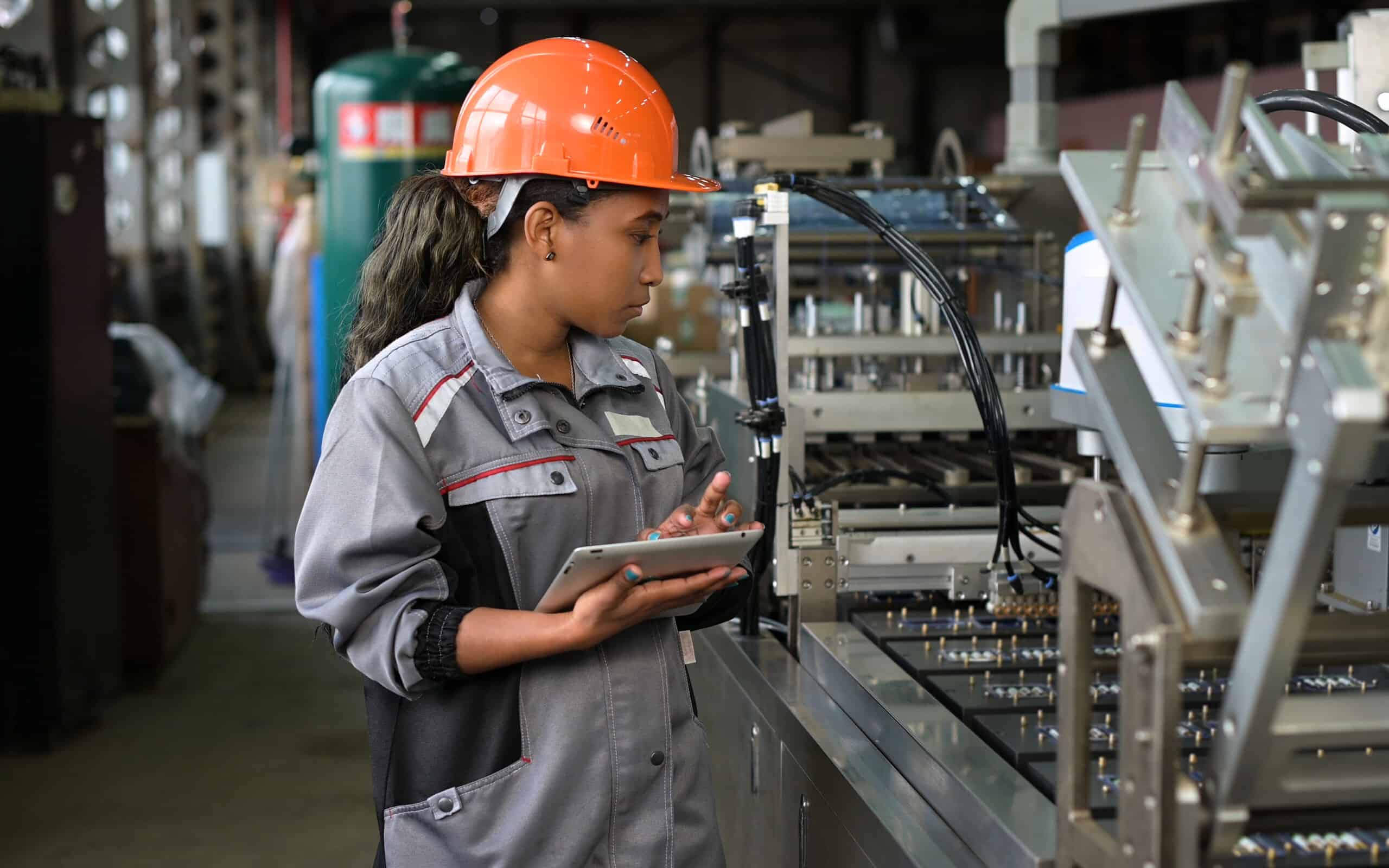
When you make improvements to your processes, that is not enough. It is important to put measures in place that ensure that the work that has been done can be sustained.In the DMAIC process, your problem is defined, measurements are taken, analysis occurs, and improvements are made. After all of this, comes the final control phase.
Overview: What is control?
Control means putting systems in place that ensure that improvements made to a process do not backslide.
3 benefits of control
There are major benefits to implementing the control phase of DMAIC:
1. Making sure improvements stick
What is the point of doing all the hard work of making improvements to your processes if your efforts are just going to be curtailed? Putting control measures in place makes sure that the improvements that you have made are not in vain.
2. Prevents recurrence
Enacting control and implementing countermeasures helps eliminate the chance of the same problem recurring.
3. Allows for the full realization of the power of Six Sigma
Without control measures, the DMAIC process is not complete, which means that a Six Sigma project is not complete. By implementing control measures, you can see the full potential of a Six Sigma project at work by seeing how effective the improvements you have made truly are. Without control, the effectiveness of improvements made will be limited, and the potential for a Six Sigma project’s success is compromised.
Why is control important to understand?
Control is important to understand for the following reasons:
Integral to DMAIC
Control is important to understand because it is integral to the DMAIC process.
Keeps the integrity of improvements
Without understanding how to control, you are far less likely to have the improvements you have made be sustainable.
Morale
Understanding control is important in order to be able to implement measures that keep all the progress made by your staff from falling back, thereby keeping morale high within the organization.
An industry example of control
A manufacturing plant was experiencing a large number of workplace injuries. In order to address the problem, the organization had a safety meeting to show the proper processes for running the machines in the plant. The plant manager noted that members of the team could be feeling fatigued from doing the same repetitive and monotonous work, which could potentially be a factor in the injuries. To remedy this, the manager told the staff not to spend more than two hours on one type of task. Just these two changes had a significant impact on workplace injuries. After three months, the plant manager was transferred to a different location. Under the new plant manager, workplace injuries quickly returned to their prior level of frequency. The new manager had no idea about the safety policies made by the prior manager as there was no documentation. Once notified of these policies, the new manager decided to control the improvements by having instructions for the safe operation of the machines posted next to each machine as well as a reminder to switch tasks regularly posted on the plant’s bulletin board. Within a week, workplace injuries had begun to drop again considerably and stayed low after.
3 best practices when thinking about control
Here are some key practices to consider when thinking about control:
1. Keep your control measures simple and easy to understand
It is important to keep the control measures that you put in place simple to sustain and easy to understand. That way, staff does not get confused about how to keep up with the measures.
2. Explore cost-effective options
Control measures do not always have to be a costly endeavor. There are often options available for keeping improvement efforts in place that will not cost your organization much of anything. One example would be posting policies around the workplace.
3. Documentation of monitoring
Make sure to keep proper and thorough documentation of the control measures that are put in place as well as the monitoring of how well the improvements hold.
Frequently Asked Questions (FAQ) about control
What are some of the deliverables of the control phase?
Some deliverables include a standardized process, a response plan, a documented and implemented monitoring plan, and a project closure.
What is the main purpose of the control phase?
The main purpose of the control phase is to ensure that all the gains that were achieved during the improvement phase of DMAIC are maintained after the end of the project.
What should a team do at the beginning of a control phase?
A team should set up a monitoring plan. That way, they can keep an eye on the further success of the process that has been updated.
Keeping control
Seeing success through the updating of a process in your workplace is exciting and rewarding. Don’t let the success be short-lived by not keeping control of the improvements that have been made. Make sure to follow-through on the final phase of the DMAIC process, helping to ensure the long-term success of your Six Sigma projects.